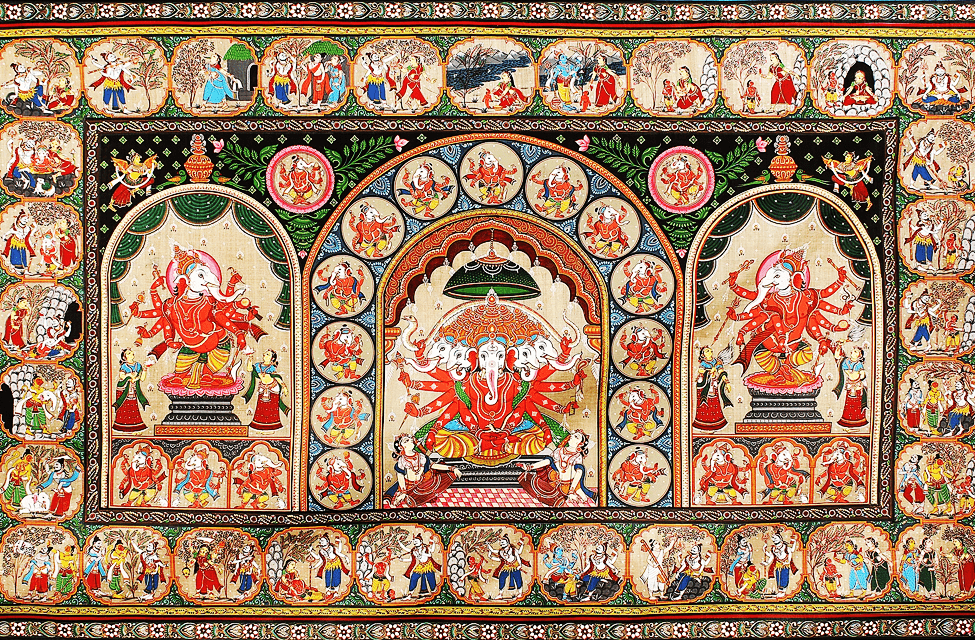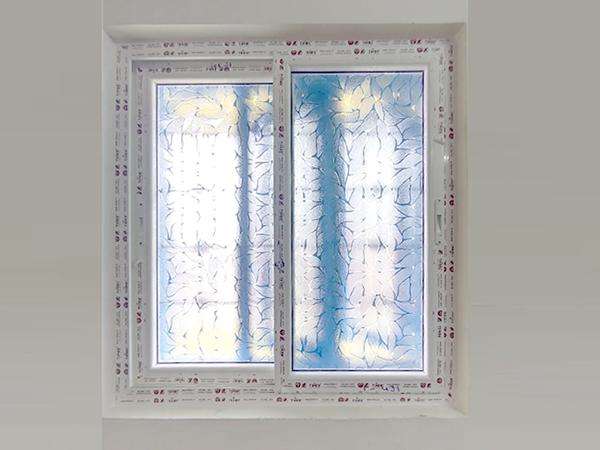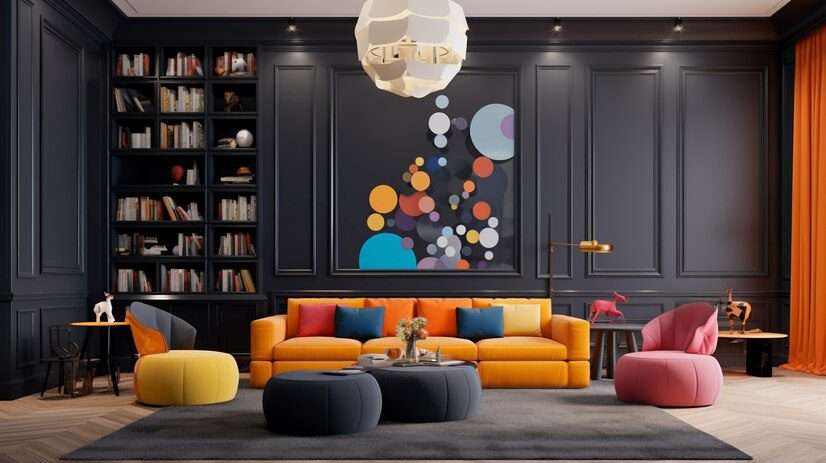Patachitra painting, also known as Kalighat Patachitra painting, is a distinct form of art that originated in 19th-century Bengal. The name Patachitra refers to a picture on the cloth where Pata means cloth, and Chitra means picture. This art form was developed by the Patua community in the vicinity of the Kalighat temple on the bank of the river Ganga in Kolkata. The people of the Patua community traveled from one village to the other, singing and telling the mythological stories of Hindu Gods and Goddesses. They created the Patachitra to visually complement their performance.
Initially, the artists of Kalighat painting made portraits of Hindu mythological characters, but gradually they adopted varied themes, including Christianity and Islamic religion. What made this art distinctive were the themes related to social issues and caricatures of different personalities.
The Patua artists who developed the Kalighat Patachitra painting first made the hand-painted cloth canvas. They used natural dyes derived from tree leaves, flowers, turmeric, coal, etc. Apart from this, they made sophisticated brushes made from goat hair that allowed them to draw the illustrations intricately.
The Patachitra paintings have two styles. One is Odisha, and another is Bengal Patachitra paintings. The major difference between the two is in their themes. The Odisha Patachitra is focussed on the description of Lord Jagannatha and is limited to temple and spiritual forms of art. On the other hand, the Bengal Patachitra paintings focus on people and society.
Patachitra Art and Storytelling:
Kalighat Patachitra is not only limited to spiritual themes. It also depicts scenes from daily life, imaginary writings, and drama. In the earlier generation artwork, the artists depicted the lives of people of the 19th and 20th centuries of Bengal. They used to draw women cooking, farmers working in the fields, and people completing their day-to-day duties. These illustrations displayed everyday life in Bengal.
One of the key elements of Kalighat Patachitra is the usage of humor and caricature in storytelling. The artists draw mockeries and exaggerate facial presentations to portray the blemishes and quirks of people in society. Caricature paintings are generally of the local politicians or businesspersons, bringing in an analysis of the social and political situation of the time.
Suppose you want to figure out the globalized significance of Kalighat paintings. In that case, it’s essential to view them through the eyes of the British colonial era and commercial expansion in the Indian subcontinent. European lithographs have had a significant influence on Patachitra art. The ancient paintings show the background style influenced by the English painting style of natural history. Similarly, Kalighat paintings also acquired motivation from other similar traditional Indian art forms like Madhubani, Pattachitra, and Phad art.
The fusion of these different art forms with Patachitra turned this painting style into a more appealing art to both Indian and Western audiences. The immense popularity of Patachitra took them to Europe and America to exhibit in art galleries and museums. Today, the biggest array of Patachitra paintings is available in the Victoria and Albert Museum in London.
Process of Creating Patachitra:
The Patachitra artists embraced English lithography from the 1840s to 1860s. However, they also continued the customary free-hand drawing until the beginning of the twentieth century. They used to take prints of a light outline and then paint the major topic by hand.
The Kalighat Patachitra paintings were primarily drawn on mill paper. The artists used deep colors to make the illustrations look more attractive. Besides, they used a brush made from goat hair to draw the outlines followed by applying paints to the edges. The production of a Patachitra is normally a family project, where different members are engaged in completing different steps of the process.
Jamini Roy One of the most notable artists of Kalighat Patachitra Painting was Jamini Ror. He integrated the traditional technique with modern approaches in his art.
Style and Themes of Kalighat Patachitra Painting:
Patachitra paintings are distinguished for their prominent lines, bright shades, and stylized long eyes of the characters. They are also famous for their satirical interpretation of society. You can get a glance at the lives of 19th-century people of Kolkata. These paintings usually spotlight the social system of that time. The themes of the Patachitra paintings focus on the regular lives of the common people living in Kolkata and describe middle-class and poor people, as well as their happiness, suffering, and struggles.
One of the most significant themes in Patachitra’s paintings is women’s representation in society. The portraits represent females from different sectors of life, their struggles, and the responsibilities society puts on them. The ancient folk art from Bengal reflected how women’s functions in society were growing up and the difficulties they encountered.
Another famous composition of Kalighats painting is the portrait of Gods and Goddesses from Hindu mythology. These illustrations uniquely represent the deities, often displaying their human natures and liabilities. These paintings also address social traditions and rules.
Fabrics used in Kalighat Patachitra Painting
Traditionally, this folk art from Bengal used natural dyes derived from vegetables to apply colors to the illustration. For instance, the source of the yellow color was turmeric, blue was obtained from the petals of the Aparajita flower, the red color was derived from beetroot, and black was produced by burning an oil lamp under a pot. Conventional artists also used silver and golden shades for embellishment.
Occasionally, artists mixed dry colors with either gum or water to make dye and used them on paper or cloth to create the famous Kalighat Patachitra painting. Besides, artists used squirrel fur or goat hair to make the brush that helped them draw intricate designs on the painting.
Conclusion:
Patachitra painting, also known as Kalighat Patachitra, is a time-honored art form that originated in the 19th century, in the surroundings of the Kalighat temple, in Kolkata, West Bengal. These paintings describe the daily life and social system of the people living in the region. Kalighat Patachitra provides an amazing allure as they grasp the significance of the Bengal region and its people.










